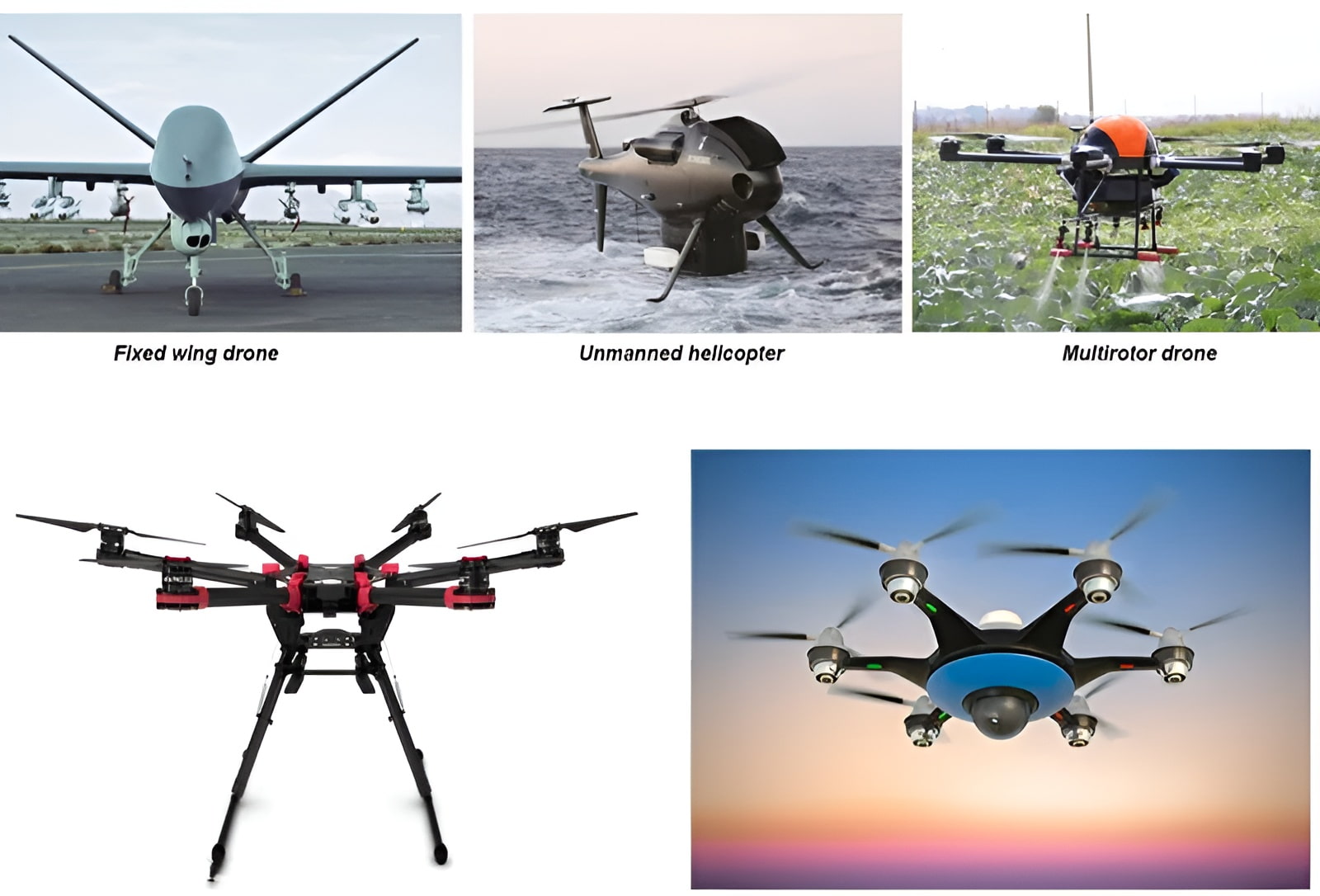Neodymium magnets, known for their exceptional magnetic strength and compact size, have become a cornerstone of modern drone technology. These powerful permanent ndfeb magnets are integral to the performance, efficiency, and reliability of drones, enabling their use in a wide range of applications, from aerial photography to industrial inspections and even military operations.

At the heart of every drone lies its motor, and neodymium magnets are a key component in the brushless DC motors (BLDC) that power these unmanned aerial vehicles. These motors rely on the strong magnetic fields generated by neodymium magnets to achieve high torque and efficiency, which are essential for smooth takeoff, flight, and landing. The lightweight yet powerful nature of neodymium magnets allows drone motors to deliver exceptional performance without adding unnecessary weight, a critical factor for maximizing payload capacity and flight time.
Beyond motors, compact size neodymium magnets play a crucial role in the sensors and actuators that ensure a drone's stability and navigation. Many drones use magnetometers, which rely on neodymium magnets, to detect Earth's magnetic field and determine orientation. This is particularly important for accurate navigation, especially in environments where GPS signals may be weak or unavailable. Additionally, high-end drones often feature gimbal systems equipped with neodymium magnets to stabilize cameras and other payloads. These magnets enable smooth, vibration-free operation, ensuring high-quality imaging even during rapid movements or challenging flight conditions.
The impact of neodymium magnets on drone performance is profound. By improving motor efficiency, these magnets help reduce energy consumption, allowing drones to fly longer on a single charge. Their high power-to-weight ratio also enables drones to carry heavier payloads, such as advanced cameras or delivery packages, without compromising flight stability. Furthermore, neodymium magnets are highly resistant to demagnetization, ensuring reliable performance even under harsh conditions, such as extreme temperatures or high vibrations.

However, the widespread use of premium quality neodymium magnets in drones also presents challenges. The production of these magnets relies on rare earth elements like neodymium and praseodymium, which are subject to supply chain vulnerabilities and price fluctuations. Additionally, the mining and processing of rare earth materials have environmental impacts, driving the need for sustainable solutions such as recycling and the development of alternative materials.
Looking ahead, the role of neodymium magnets in drone technology is expected to grow even further. The development of fully autonomous drones will require even more precise and reliable motors and sensors, further increasing the demand for high-performance neodymium magnets. The emergence of urban air mobility, including drone taxis and delivery drones, will also rely on these magnets to ensure safe and efficient operation in crowded urban environments. In the military and defense sector, drones used for surveillance, reconnaissance, and combat will continue to depend on neodymium magnets for their superior performance and durability.
In conclusion, neodymium magnets are the unsung heroes behind the rapid advancement of drone technology. From powering motors to enabling precise navigation and stabilization, these magnets are at the core of what makes modern drones so capable and versatile. As the drone industry continues to evolve, great performance neodymium magnets will remain a critical component, driving innovation and unlocking new possibilities for the future of flight.
